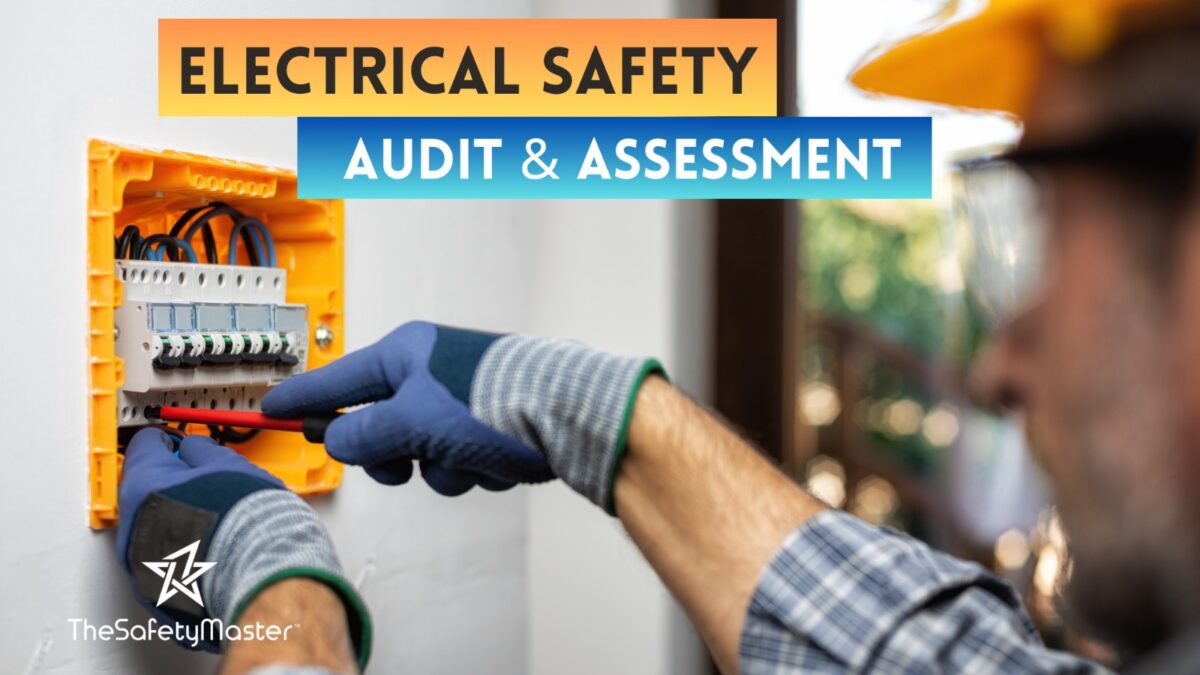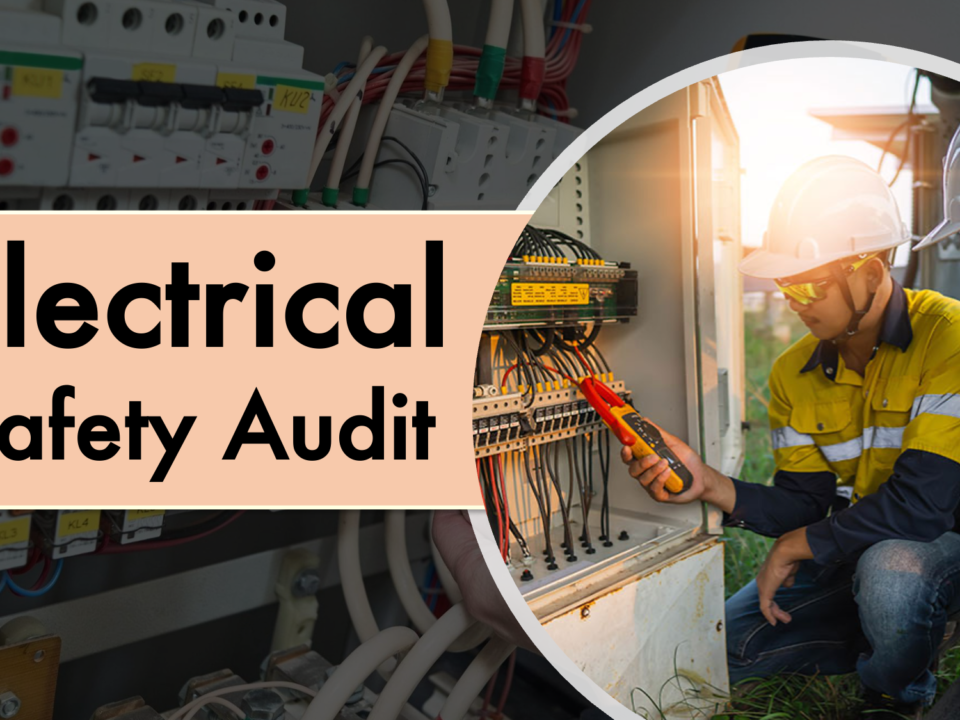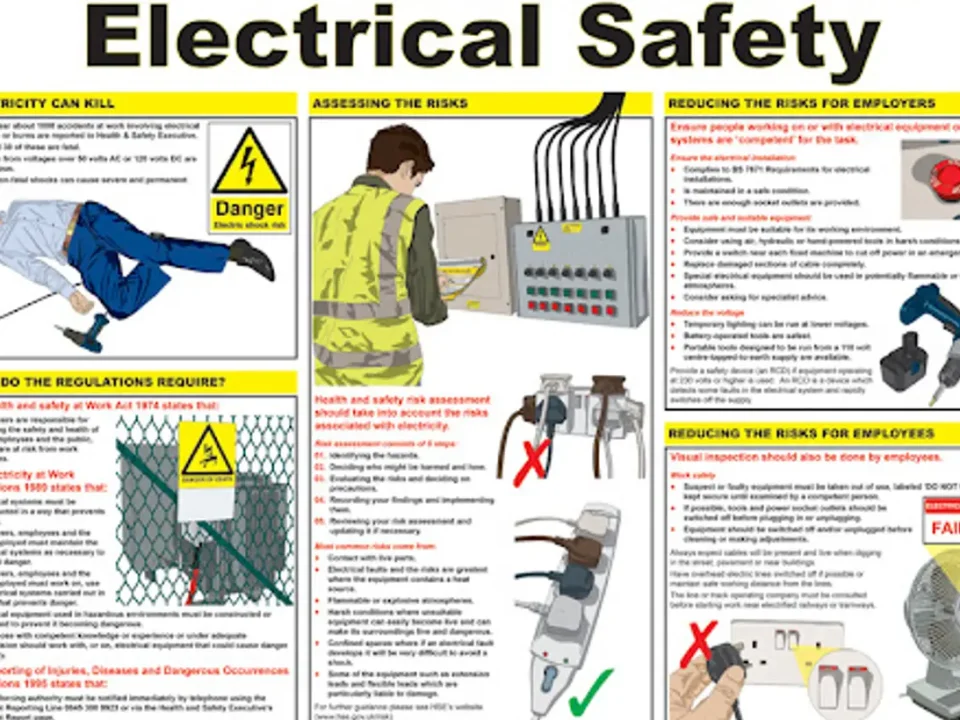Electrical Safety Audit: Process, Steps & Compliance in India

Transportation Route Risk Assessment and Logistics Safety Audit
September 23, 2025
How AI & Predictive Analytics Are Transforming Safety Audits in 2025
September 24, 2025An Electrical Safety Audit is a structured inspection and testing process carried out to ensure the safety, compliance, and reliability of electrical systems. It helps organizations identify potential hazards, reduce risks of electrical shock and fire, and comply with standards such as the Indian Electricity Rules, IS 732, and IS 3043.
By conducting an audit, companies can enhance workplace safety, prevent accidents, and comply with regulatory requirements.
Key Steps in Conducting an Electrical Safety Audit
1. Define Scope and Objectives
Clearly define which areas, systems, or equipment will be covered in the audit. Set objectives like compliance verification, hazard identification, or fire and shock risk assessment.
2. Assemble the Audit Team
Form a team of qualified professionals with expertise in electrical safety, testing tools, and national/international safety standards.
3. Review Documentation
Examine documents such as electrical schematics, maintenance records, past audit reports, and workplace safety policies.
4. Develop an Audit Checklist
Create a detailed checklist to ensure that every component—wiring, panels, grounding, insulation, and protective devices—is systematically evaluated.
5. On-Site Inspection
Carry out physical inspections of electrical panels, distribution boards, outlets, machinery, and grounding systems to check for wear, damage, or overloading.
6. Testing and Measurement
Use modern tools like infrared thermal cameras, insulation resistance testers, and ground fault measurement devices to detect issues such as overheating or weak insulation.
7. Hazard and Risk Assessment
Identify hazards related to electric shock, fire, arc flash, and static electricity. Assess their severity and recommend preventive actions.
8. Compliance Verification
Check whether installations and systems meet Indian standards (IS 732, IS 3043) as well as relevant international electrical safety codes.
9. Review Safety Procedures
Evaluate workplace practices such as lockout/tagout (LOTO), work permit systems, and the use of Personal Protective Equipment (PPE).
10. Compile the Audit Report
Prepare a comprehensive report that highlights:
- Audit findings
- Non-compliances and risks
- Recommendations for corrective action
11. Implement Corrective Actions
Address deficiencies promptly by repairing faulty systems, updating safety protocols, and training staff.
12. Follow-Up and Continuous Improvement
Schedule follow-up audits to track improvements and build a cycle of continuous safety monitoring.
Why Electrical Safety Audits are Important
- Prevent accidents caused by electrical faults
- Ensure compliance with statutory and industrial safety regulations
- Protect people, property, and equipment
- Improve system reliability and reduce downtime
- Build a culture of workplace safety
✅ Conducting regular Electrical Safety Audits not only ensures compliance but also strengthens an organization’s safety framework. By following the audit process step by step, businesses can achieve safer operations, reduce risks, and maintain regulatory adherence.




